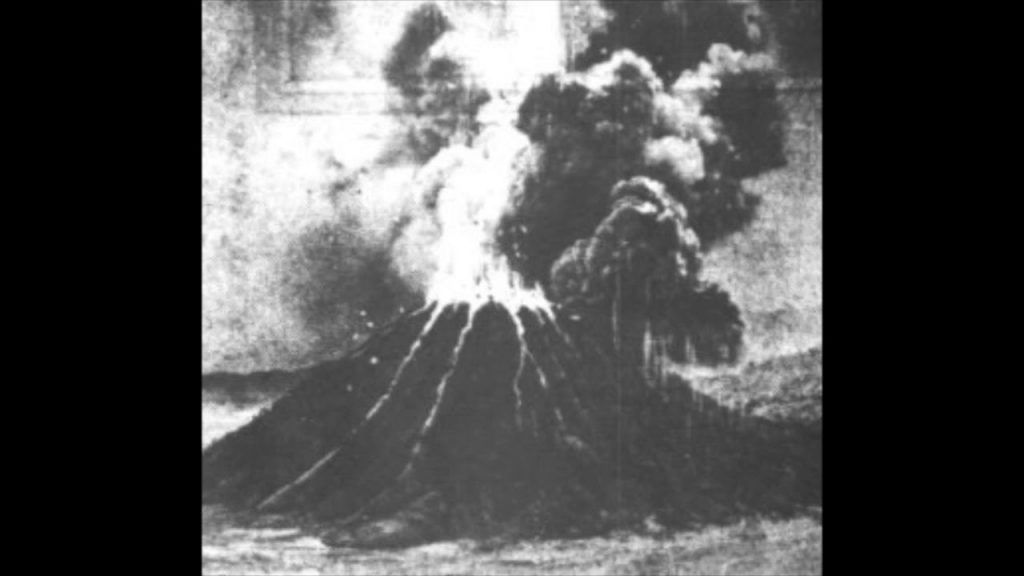Pressure waves from krakatoa s volcanic explosion circled the earth 3 4 times in every direction sound pressure was recorded every 34 hours the time it took for the sound to travel around the world

Pressure Waves from Krakatoa’s Volcanic Explosion: Earth’s Sonic Journey
 Image Source: strangesounds.org
Image Source: strangesounds.org
Have you ever wondered how far sound can travel? Well, the eruption of Krakatoa, a volcanic island in Indonesia, provided a remarkable answer. The sound produced during this cataclysmic event was so powerful that it traveled around the world not just once, but three to four times in every direction! This mind-boggling fact emphasizes the staggering force unleashed by one of the most iconic volcanic explosions in history.
The Resounding Symphony of Krakatoa
In August 1883, Krakatoa made its mark on the world by erupting with unimaginable power. This volcanic explosion ruptured the island into smaller pieces, creating a series of cataclysmic events that shook civilizations across the globe. The eruption was accompanied by an ear-splitting sound, reaching unimaginable volumes that reverberated throughout the entire planet.
Measuring the Sonic Journey
To comprehend the extent of the sound’s travel, scientists in the late 19th century embarked on a fascinating mission to measure the sound pressure produced by the Krakatoa eruption. They established a network of sensitive barographs, instruments designed to record variations in air pressure, to capture the momentous acoustic waves that encircled the Earth multiple times.
The unique feature of Krakatoa’s sound propagation was that it took 34 hours for the waves to complete a full trip around the world. This time interval became the cornerstone for measuring the sound’s velocity and the distance it covered. Every 34 hours, the barographs delicately registered the fluctuations in atmospheric pressure, creating a record of the volcanic sound’s extraordinary journey.
A Sonic Phenomenon
The resounding echoes of Krakatoa’s eruption demonstrated the immense power and global reach of natural events. The eruption generated supersonic sound waves by releasing an enormous amount of energy into the atmosphere. These pressure waves traveled around the Earth, bouncing off its surface, and clashing with one another to create a sonic spectacle that resonated for days.
 Image Source: sott.net
Image Source: sott.net
The Science Behind the Traveling Sound
The reason behind the sound’s ability to circulate the Earth multiple times lies in the phenomenon of refraction. Sound waves are known to refract or bend due to variations in air density caused by factors such as temperature, humidity, and atmospheric composition. These changes in density effectively act as a medium for sound to follow curved paths along the Earth’s surface, allowing the waves to continuously propagate.
A Sonic Journey Remembered
The far-reaching sound waves from Krakatoa’s volcanic explosion left an indelible mark on history. The records gathered by scientists in the late 19th century not only provided crucial insights into the Earth’s acoustic characteristics but also represented a testament to the sheer power of natural phenomena. The resonance of Krakatoa’s eruption serves as a reminder of the awe-inspiring forces that shape our planet.
Source: Nautilus
Related Posts
Quick Links
Legal Stuff

